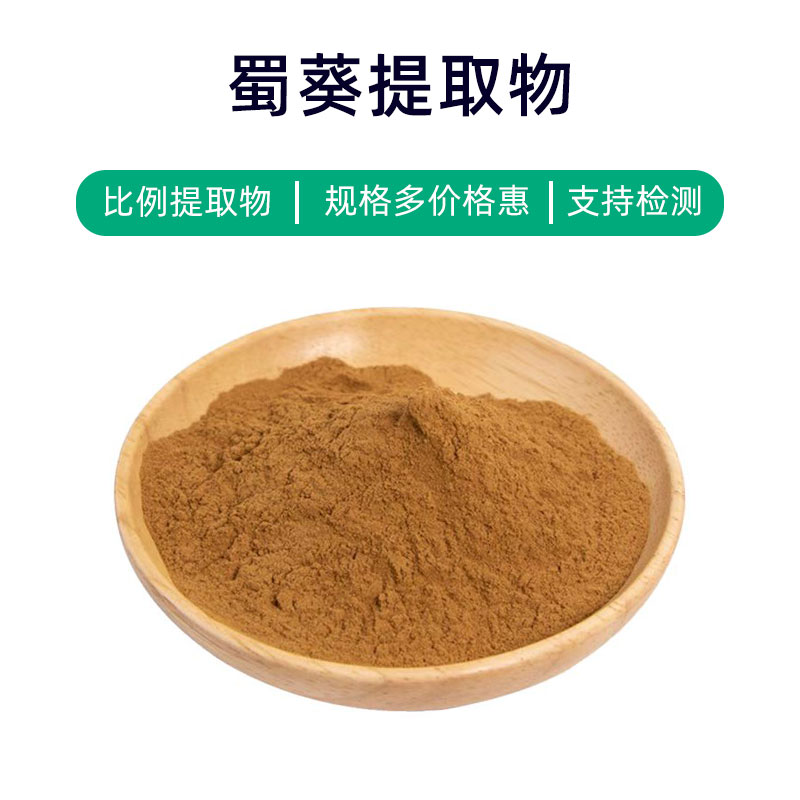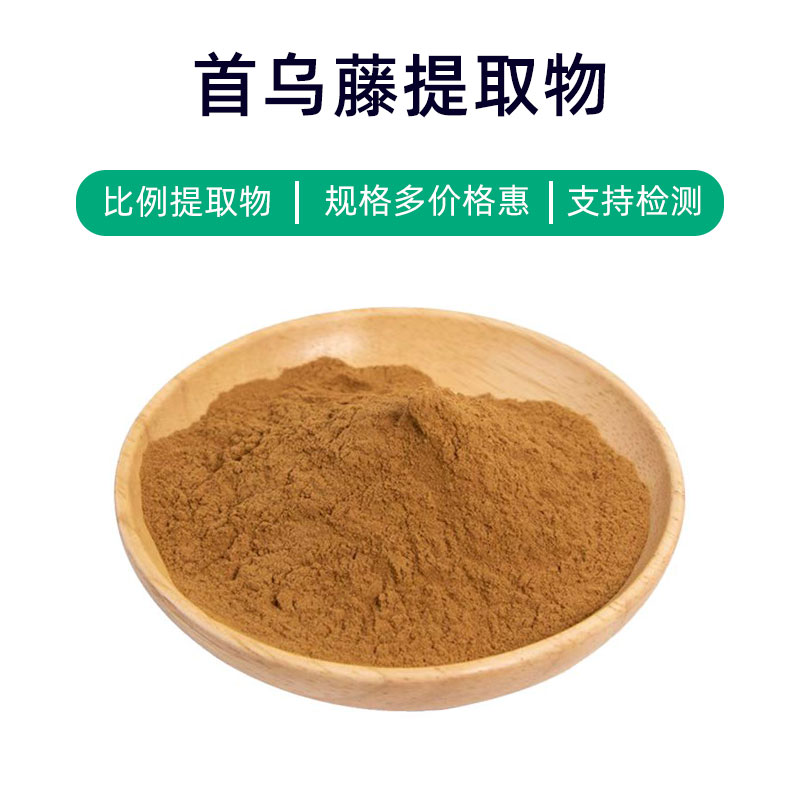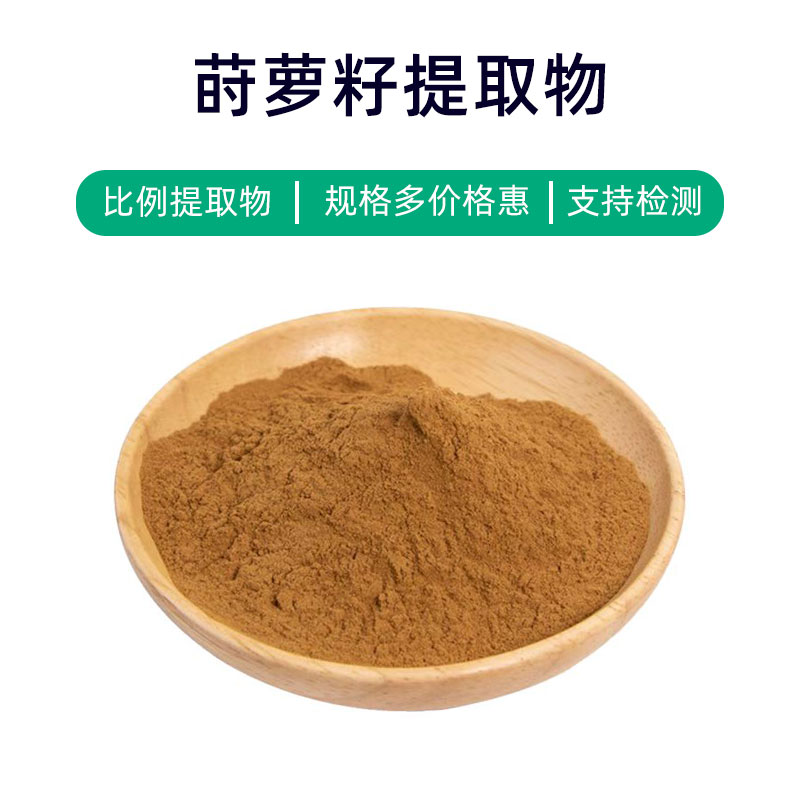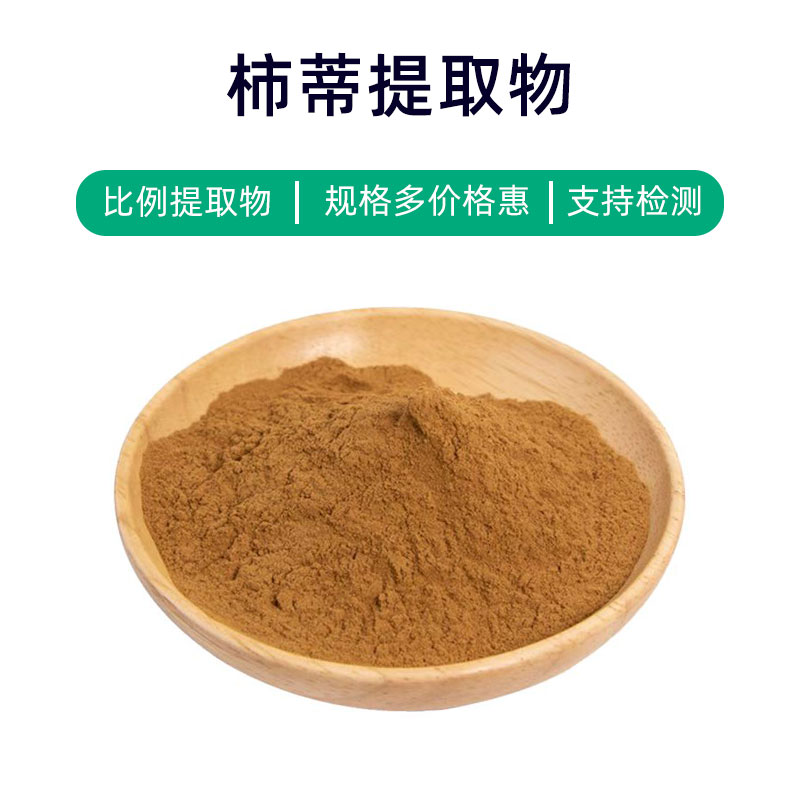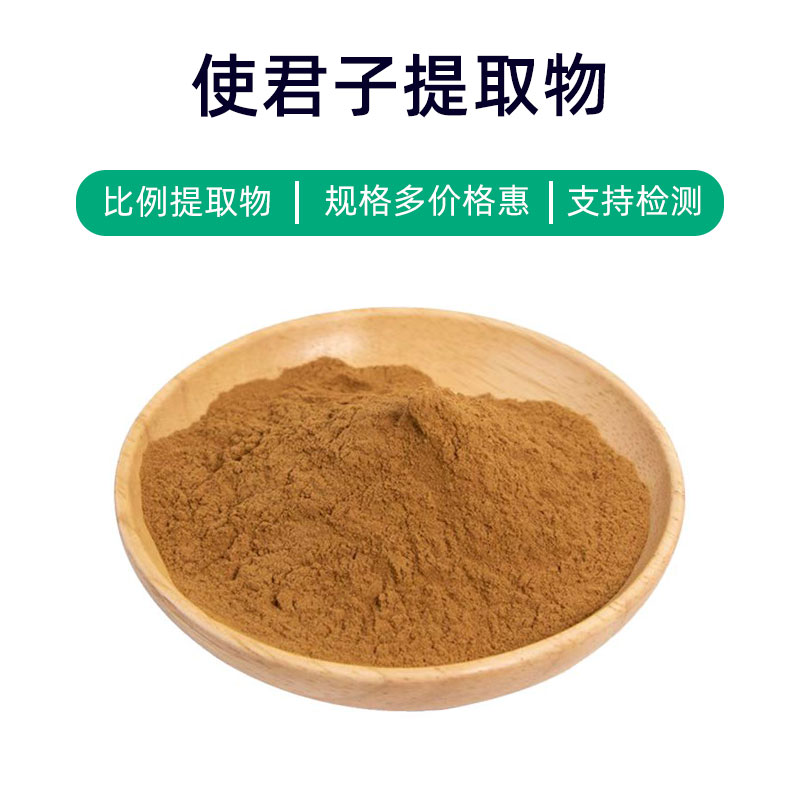Lotus Node Extract Product Introduction
Lotus node extract is a natural plant extract derived from lotus root, mainly comprising alkaloids, lotus root polysaccharides, and proteins. It has various benefits and applications. First, in the medical field, lotus node extract is widely used for its antioxidant, anti-inflammatory, and antibacterial properties. Its antioxidant properties help reduce cellular damage caused by oxidative stress, protecting cell health; its anti-inflammatory and antibacterial effects help alleviate inflammation and prevent infections.
Secondly, in the food and beverage industry, lotus node extract is often used as a functional additive and flavoring agent. Its natural lotus fragrance can impart a unique flavor to foods, while its antioxidant properties help maintain freshness and quality.
Furthermore, in the cosmetics sector, lotus node extract is commonly incorporated into skincare products. Its moisturizing effect helps hydrate the skin and enhance barrier function, aiding in the improvement of dry skin; its antioxidant and anti-aging effects also make it an ideal ingredient in anti-aging formulations.
In summary, lotus node extract, as a natural plant extract, offers various benefits and applications, being widely utilized in pharmaceuticals, food, beverages, and cosmetics, effectively supporting health and beauty.
Lotus Node Extract Production Process
The production process of lotus node extract typically involves the following key steps:
- Raw Material Preparation: Fresh lotus root is selected as the extraction material, cleaned, peeled, and cut into small pieces for subsequent extraction.
- Pre-treatment: The lotus root undergoes pre-treatment processes like chopping and grinding to increase the efficiency and yield of extraction.
- Extraction: Suitable extraction methods, such as water extraction, alcohol extraction, or supercritical fluid extraction, are employed to extract effective components from the lotus root. During extraction, parameters such as temperature, time, and solvent concentration must be controlled to ensure effective extraction and component stability.
- Concentration: The obtained solution is concentrated to remove solvents and produce a concentrated liquid or powder.
- Purification: Filtration, precipitation, and crystallization processes are used to refine the concentrated liquid or powder, removing impurities and increasing purity.
- Drying: The purified extract undergoes drying to reduce moisture content, ensuring the product's stability and shelf life.
- Packaging: The dried extract is packaged using appropriate materials and methods to ensure product quality and hygiene.
- Quality Control: The finished product is subjected to quality testing, including appearance inspection, component analysis, and microbiological testing, to ensure it meets quality standards and safety requirements.
The above outlines a common manufacturing process for lotus node extract, which may be adjusted and optimized based on the product's intended use, component characteristics, and production scale.
Benefits and Side Effects of Lotus Node Extract
Lotus node extract, as a natural plant extract, has various benefits and applications in medicine, food, and cosmetics.
- Antioxidant Properties: Rich in natural antioxidants such as polyphenols and vitamins, it helps neutralize free radicals, reduce oxidative damage, and protect cells from oxidative stress.
- Blood Sugar Regulation: Research indicates that some active components in lotus node extract can lower blood sugar levels by promoting insulin secretion and enhancing tissue utilization of glucose, helping to regulate blood sugar levels.
- Anti-inflammatory and Antibacterial Effects: It contains various compounds with anti-inflammatory and antibacterial properties, inhibiting the release of inflammatory factors, reducing inflammation, and exerting antibacterial effects against certain bacteria and fungi.
- Liver Protection: Some components in lotus node extract help protect the liver, promoting liver cell regeneration, reducing liver damage, and providing detoxification benefits.
- Digestive Function Improvement: Rich in dietary fiber and enzymes, it promotes intestinal motility, enhances digestive function, and alleviates digestive discomfort and gastrointestinal issues.
- Blood Lipid Regulation: Some components in lotus node extract can regulate lipid metabolism, lowering blood cholesterol and triglyceride levels, helping to prevent and improve cardiovascular diseases related to abnormal lipid levels.
- Anti-aging Effects: The various antioxidants in lotus node extract can inhibit free radical production, slow down cellular aging, and help maintain skin health and youthfulness.
When used at appropriate doses, lotus node extract is generally considered safe. However, individual differences and allergic reactions should be taken into account, and usage should follow medical guidance or product instructions. If discomfort or allergic reactions occur, stop using the product immediately and consult a doctor.
Application Scenarios and Dosage of Lotus Node Extract
Lotus node extract has a wide range of applications in the pharmaceutical, food, and cosmetics fields. Here are its application scenarios and dosage recommendations in different areas:
- Medical Applications:
- Effects: In medicine, lotus node extract is commonly used for blood sugar regulation, liver protection, lipid-lowering, anti-inflammatory, and antioxidant purposes.
- Dosage: It is generally recommended for adults to take about 1000-2000 mg of lotus node extract daily, divided into 2-3 doses depending on individual needs. Dosage should be adjusted according to individual circumstances and medical advice.
- Food Applications:
- Effects: In the food sector, lotus node extract can be used as a functional food additive, enhancing immunity, promoting digestion, and regulating blood sugar and lipid levels.
- Dosage: It can be added to various health foods, beverages, and dietary supplements, typically according to the specific formulation requirements.
- Cosmetic Applications:
- Effects: In cosmetics, lotus node extract is commonly used in skincare products, providing antioxidant, anti-aging, soothing, and skin-brightening effects.
- Dosage: Its usage in skincare products, such as creams, masks, and lotions, is generally around 1-5% of the total formulation.
- Precautions:
- When using lotus node extract products, be sure to follow product instructions or medical advice, and strictly control dosage.
- For special populations, such as pregnant women, children, and the elderly, consulting a doctor before use is recommended.
- If allergic reactions or discomfort occur, stop using the product immediately and seek advice from a healthcare professional.
In summary, lotus node extract has promising applications across the pharmaceutical, food, and cosmetics fields. However, attention should be paid to dosage and usage methods to ensure the safety and efficacy of the product.
Introduction to the Source Plant of Lotus Node Extract, Distribution, and Growth Environment
Lotus node extract originates from the lotus root (Scientific Name: Nelumbo nucifera). Here are detailed insights regarding the source plant, its distribution, and growth environment:
- Source Plant Introduction:
- Lotus root, also known as lotus, lotus segments, or water lily, is a rhizome of the plant belonging to the family Nymphaeaceae. It is a perennial aquatic herb with a fleshy, elongated stem that has nodes and contains significant amounts of starch and water, making it an important edible plant and traditional medicinal material.
- Distribution:
- Lotus root is native to China, primarily distributed in southern China, Southeast Asia, and the Indian subcontinent. Due to its poor cold resistance, it does not grow in colder regions, mainly found in subtropical and tropical areas.
- In China, lotus root is mainly located in the Yangtze River Basin, Pearl River Basin, Taihu Lake area, as well as in Yunnan and Fujian provinces.
- Growth Environment:
- Lotus root thrives in warm, humid climates and requires high water quality. It needs ample sunlight and nutrient-rich muddy or sandy soils for growth.
- It is primarily found in freshwater lakes, ponds, marshes, and rice paddies, typically growing in waters that are about 0.5-1 meter deep.
- Growth Characteristics:
- Lotus root has a long growth cycle, usually taking 4-6 months to mature.
- During its growth period, it requires sufficient moisture and nutrients; optimal temperatures and light conditions facilitate the growth of its stems and leaves and the development of its rhizomes.
- Its rhizomes grow underground, while the underwater leaves float at the surface.
In summary, lotus root is an aquatic plant that grows in warm, moist waters and is primarily distributed in southern China and Southeast Asia. Its growth environment requires ample water supply and sunlight, making it an important edible plant and medicinal resource.
Processing and Storage of Lotus Node Extract
The processing and storage of lotus node extract are crucial for ensuring product quality and stability:
- Processing:
- Processing typically involves cleaning, cutting, drying, crushing, and extraction. Initially, the lotus nodes are thoroughly cleaned to remove surface dirt, then cut or grounded to appropriate sizes, followed by drying or other extraction methods to obtain effective components.
- Storage:
- When storing lotus node extract, it should be kept in a cool, dry, and ventilated environment, avoiding direct sunlight and high humidity. It is best to store the extract in sealed containers to prevent moisture and dust entry.
- Regular checks should be conducted to assess the quality and appearance of the extract, ensuring no abnormal changes. If any unusual odor or spoilage is detected, it should be addressed or replaced immediately.
Proper processing and storage methods can preserve the quality and effective components of lotus node extract, extending its shelf life and providing reliable raw materials for subsequent product preparation.
Monica Sun is a seasoned expert in the plant extraction industry with over a decade of experience in research and production. She specializes in the extraction and purification of plant active ingredients, focusing on driving innovation in natural product applications. Monica has participated in the development of multiple functional plant extracts, delivering high-value natural raw material solutions for the health food, pharmaceutical, and dietary supplement sectors.









